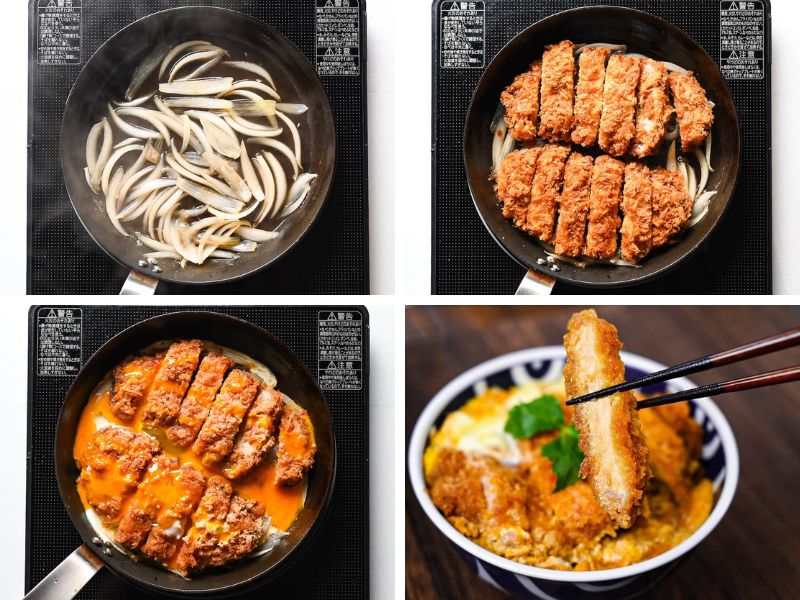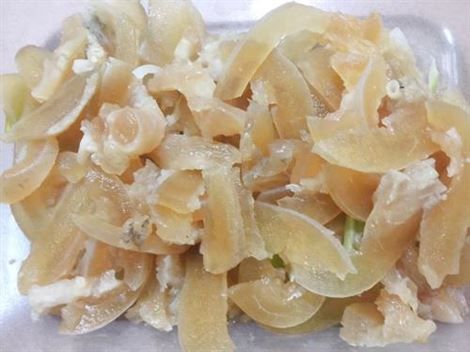No products in the cart.
[Hướng Dẫn Nấu Cơm Katsudon: Chuẩn Vị Nhật Bản] Bạn yêu thích hương vị Nhật Bản? Bạn muốn tự tay chế biến món cơm katsudon ngon tuyệt vời tại nhà? Bài viết này sẽ là “bí kíp” giúp bạn thực hiện điều đó, mang đến cho bạn một món ăn đầy đủ dinh dưỡng và […]


